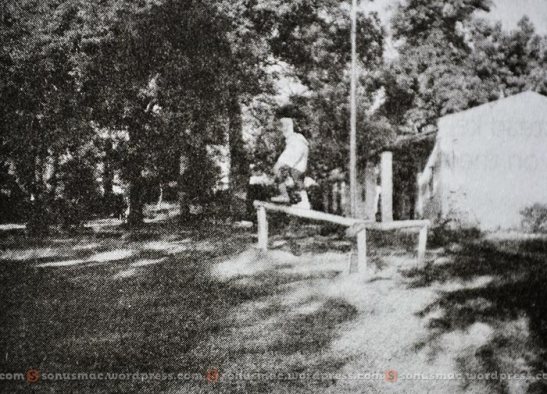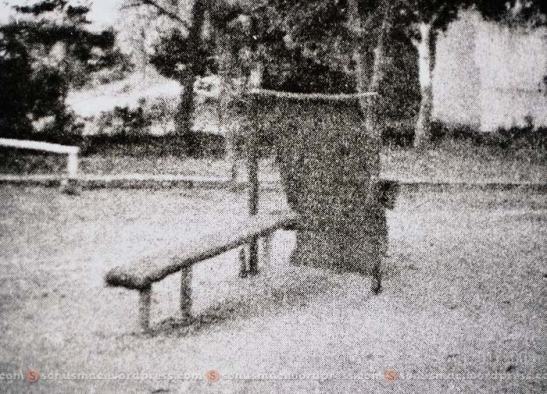1. LOW ASSIMILATION SKILLS :-
Candidates gets rejected due to low assimilation skills which is immediately noticed by highly experienced assessors. Candidates do not have the clear idea of what he has seen in picture or what he has written in the story.
Candidate is completely detached from what is shown in the picture this becomes one of the reasons for getting screened out in ssb.

2. POOR COMMUNICATION SKILL (BOTH VERBAL AND NON VERBAL) :-
Candidate is not able to express his ideas and views clearly, nobody is able to get what he wanted to say exactly, as he had poor communication skills. If you are not able to express yourself infront of a group then how you will be able to express your views in future. This also becomes one of the reasons for getting screened out in ssb interview.

3. NEGATIVITY :-
Sometimes a negative scene may immediately trigger the negative thoughts in you and this negativity is reflected in the story candidate writes. In a given a situation you start thinking in a negative manner that can effect your decision making in future. This is why positive thinking will help you motivate yourself as well as your team.
4. LOW IQ :-
It is the most important thing which is seen in the candidate to get recommended in ssb. If the candidate has low IQ i.e of two types :- 1. Basic intelligence 2. Effective Intelligence.
Basic Intelligence is which you solve in your OIR (Officer Intelligence Test) and Effective is the practical intelligence which you show during your stories, Gto, Psychology and Interview at the SSB. If the candidate lacks in these qualities then it becomes a factor of rejection for your ssb.
5. DISCUSSION VS DEBATE :-
You must clear yourself in what is the difference between a healthy discussion and a debate.
6. POOR BODY LANGUAGE :-
Standing up, moving your body parts continuously , showing aggression all these show low confidence level and badly effect your performance.
7. LACK OF KNOWLEDGE :-
If you don’t know the process in advance you will definitely lose few marks.
8. POOR PERCEPTION OF NUMBERS, FIGURES AND GENDER :-
This is other method where candidates are judged in PPDT and can also screened out as they try to fool ssb by writing their own story and can’t see what was shown in the picture the number of people and the gender. Many times the picture shows a male person and people end up writing story on a female this clearly shows that you have written your own story which you have crammed.
9. LACK OF IMAGINATION :-
Finally this is the last and also the most important factor which tells that why were you screened out? If candidate lacks in his imagination then he cannot see what picture is telling itself. When you are shown a story in PPDT and what you perceived tells everything about you and what you don’t shows you have a lack of imagination you cannot see what image says and you could have written in the story.











